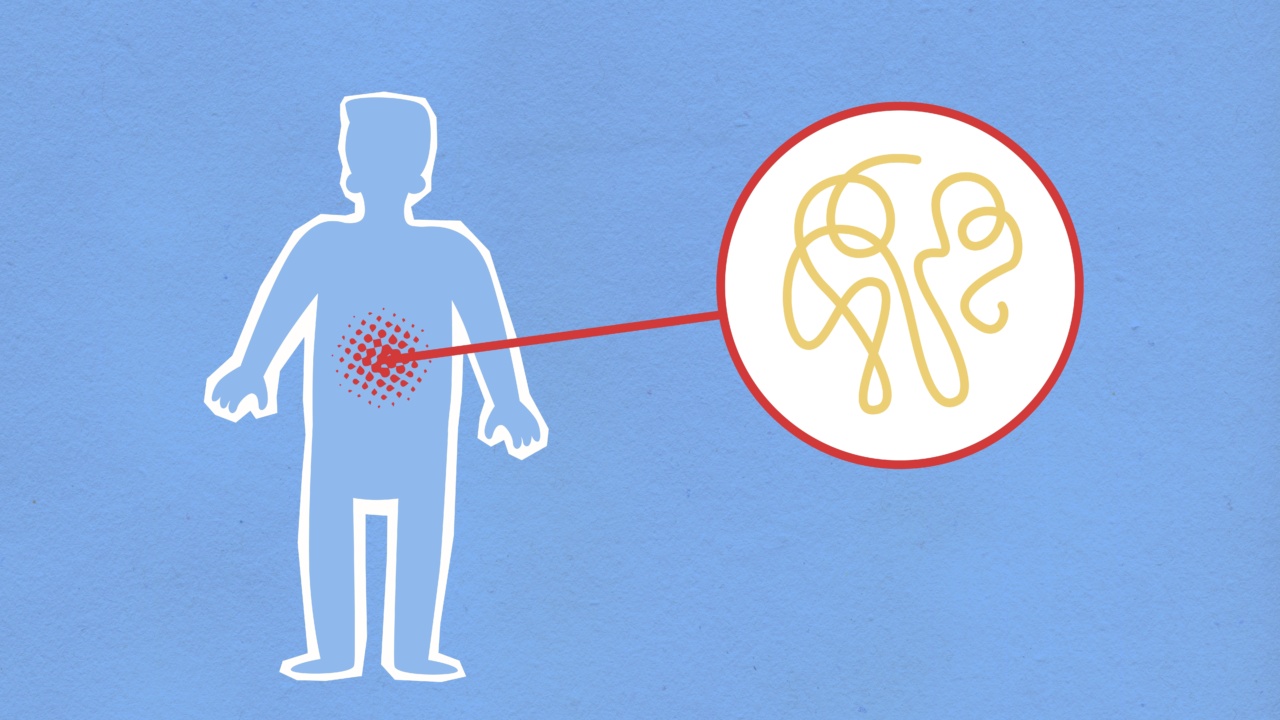Stomach pain is a common issue that can range from mild discomfort to severe agony. It can be caused by a variety of factors, including digestion problems, infections, inflammation, and organ disorders.
Understanding the different types of stomach pain and their causes can help you identify the underlying issues and seek appropriate treatment. In this article, we will explain 11 common types of stomach pain, accompanied by pictures for better understanding.
1. Cramp-like Pain
Cramp-like stomach pain is characterized by sudden, sharp, and intense spasms. It can be caused by various factors, such as gas, constipation, and muscle contractions. The pain is usually short-lived but can be debilitating.
Picture 1 illustrates the location of cramp-like pain in the lower abdomen.
2. Burning Sensation
A burning sensation in the stomach is often associated with conditions like acid reflux, gastritis, or peptic ulcers. This pain typically occurs after a meal or during the night when lying down.
Picture 2 depicts the area where the burning sensation is commonly felt.
3. Colicky Pain
Colicky pain refers to intense, intermittent pain that comes and goes. It is commonly associated with conditions like gallstones, kidney stones, or urinary tract obstruction. Picture 3 showcases the areas where colicky pain is typically experienced.
4. Sharp, Stabbing Pain
Sharp, stabbing pain in the stomach can be a sign of a more serious condition, such as appendicitis or a perforated ulcer. This pain is usually severe and requires immediate medical attention.
Picture 4 illustrates the potential locations of sharp, stabbing pain in the abdomen.
5. Dull Ache
A dull ache is a persistent, mild pain that is often associated with chronic conditions like irritable bowel syndrome (IBS) or inflammatory bowel disease (IBD). It can also be caused by menstrual cramps or intestinal obstruction.
Picture 5 portrays the areas where a dull ache is commonly felt.
6. Bloating and Distention
Bloating and distention refer to the feeling of fullness, tightness, and swelling in the abdomen. It can be caused by excessive gas, indigestion, constipation, or gastrointestinal disorders.
Picture 6 depicts the typical appearance of a bloated and distended stomach.
7. Gnawing Pain
Gnawing pain is a persistent, nagging discomfort that is often associated with peptic ulcers or gastritis. This pain is usually relieved temporarily by eating or taking antacids. Picture 7 showcases the areas where gnawing pain is frequently experienced.
8. Referred Pain
Referred pain occurs when pain is felt in an area of the body different from the actual source of the problem. For instance, pain from the gallbladder can be felt in the right shoulder.
Referred pain can make it challenging to determine the exact cause of stomach pain. Picture 8 helps illustrate this concept.
9. Intense Cravings or Hunger Pains
Intense cravings or hunger pains often result from an empty stomach or prolonged period without eating. The pain is usually relieved by consuming food. Picture 9 showcases the areas where intense cravings or hunger pains are commonly experienced.
10. Generalized Abdominal Pain
Generalized abdominal pain refers to pain that is spread throughout the abdomen without a specific location. It can be caused by conditions like a stomach virus, gastroenteritis, or indigestion.
Picture 10 illustrates the areas where generalized abdominal pain may be felt.
11. Visceral Pain
Visceral pain arises from internal organs and is often described as a deep, squeezing, or pressure-like sensation. It can be associated with conditions like appendicitis, pancreatitis, or kidney infections.
Picture 11 helps visualize the organs that can cause visceral pain.
Conclusion
Stomach pain can vary in intensity, location, and underlying causes. Identifying the type of stomach pain you’re experiencing can help you understand the potential causes and seek appropriate medical attention.
It’s important to remember that self-diagnosis is not always accurate, and consultation with a healthcare professional is recommended for a proper diagnosis and treatment plan.





























